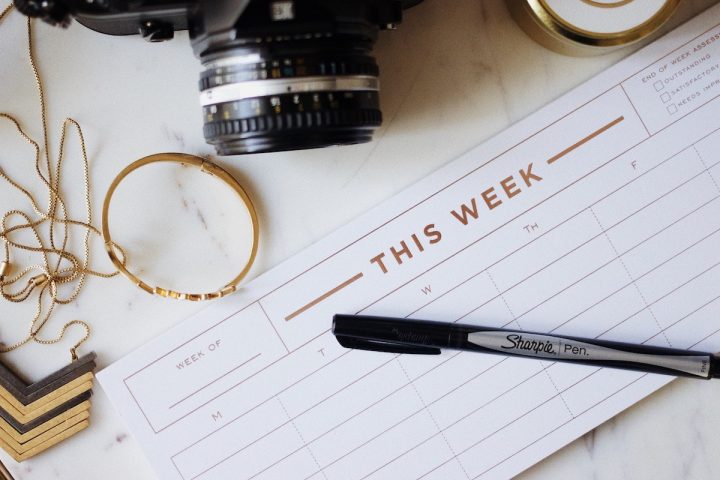Why Paper Planners Are Better Than Digital

10 Print Materials to Increase your Sales
May 21, 2021
How to Make Your Own Flashcards
June 3, 2021
Why are an increasing number of people turning their backs on digital planning tools and embracing paper planners? Business Optimizer looks at what makes paper planners so superior.
Many of us find it hard to swap our trust paper planners for digital ones. And now it seems that even Millennials and digital natives are turning to paper planners in preference to digital planning apps.
Sales of paper planners have shown double-digit growth in the USA in recent years.
Little wonder – we’ve written in the past about the benefits of handwriting for better retention of information and the benefits of paper for sparking creativity. But what is it about a paper planner that makes it so much better than digital?
Why are paper planners better than digital planners?
The popularity of bullet journaling has been credited with helping to boost the paper planner trend, but there are many generalized benefits to using a paper planner, whether you follow the bullet journal approach or not.
- Paper comes with fewer distractions – you aren’t liable to be distracted by notifications, reminders, messages, and emails when writing on a paper planner.
- Paper leads to greater productivity – partly because of the fewer distractions, partly because of the unique focus you bring to paper.
- Writing by hand promotes information recall – so writing into a paper planner helps you keep on top of your schedule and to-do list in your head too!
- Writing in a paper planner offers a better sensory experience than digital solutions – so it can reduce stress and anxiety.
- Writing can be like active mediation, helping you make sense of the jumble of thoughts and ideas in your mind.
- If your whole team opts for a paper planner, you can have them digitally printed to include specific guides, calendars, information, and other sections that are specific to your needs. Personalize and brand them for extra impact and usefulness!
- Digital fatigue is a growing problem. 70% of Americans suffer from digital eye strain – potentially causing long-term sight damage. Paper planners are a welcome relief from a digital screen.
Who loves paper planners? And why?
Many of the staff at online business and lifestyle magazine Fast Company have ditched their digital planners in favor of paper planners.
Copy editor and writer Michelle Lewis says, “Keeping track of all my activities on paper allows me to feel like I still retain a bit of old-fashioned control, on my terms. I don’t go anywhere without it!”
Meanwhile editor Anjali Khosla says, “I prefer my paper system for a number of reasons. It gives me a break from staring at screens. It also causes me to stay in the moment and plan my days with intent. I feel satisfaction when I physically check an item off my list.”
Kasey Blizzard, a 22-year-old digital designer told the company, “I prefer a paper planner instead of a digital one because I remember things better when I write them down… It gives me peace of mind to know that all the information I need about my day and my work is all in one place.”
Nurse Ginger Hornung said, “I like crossing things off when they’re done. It’s very satisfying, and it’s not the same when you delete something electronically.”
While student Cecilia Imhoff praised the way she could “see my entire month laid out in a size that I can read more easily than tiny text on my phone” and business technology teacher Joanna Howard said, “paper is portable and doesn’t require Wi-Fi or a charging cable”.
Why we love paper planners
There are scientific reasons behind these benefits and preferences. Psychotherapist Maud Purcell explains, “It appears that writing stimulates an area of the brain called reticular activating system (RAS), which filters and brings clearly to the fore the information that we’re focusing on”.
In fact, the human brain perceives text as a physical landscape, we interact with text on paper in a different way to the way we do when it is displayed on a digital screen. The mental maps we create of written terrain are thought to aid memory and understanding.
Of course, as with all productivity and creativity tools, it is important that you adopt the approach that works best for you – but if you haven’t already tried using a paper planner isn’t it about time you gave it a try?
Feeling inspired? Read more about how paper can help you to be more productive.
Plus! Find out how choosing paper helps to support the circular economy.


